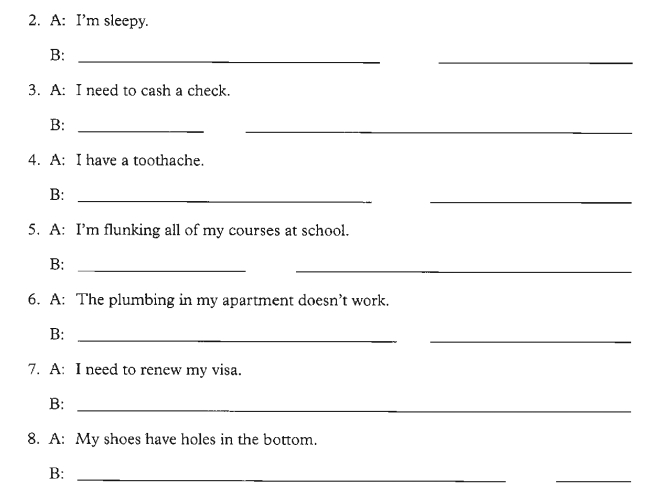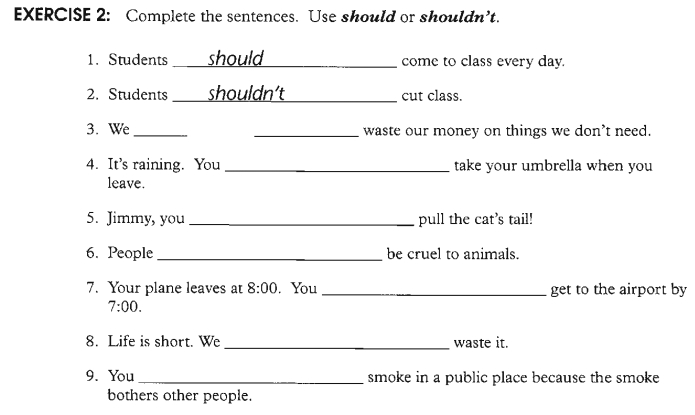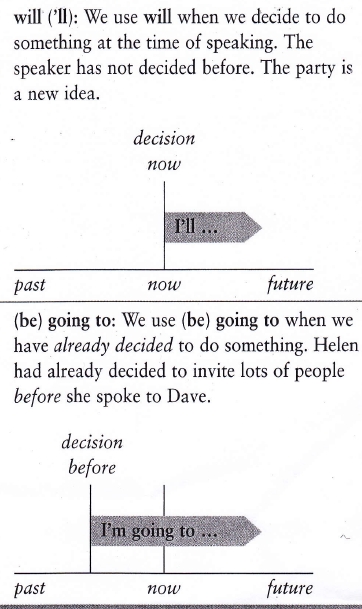Los adverbios muchas veces no son del agrado de los alumnos. Lo que mencionan muchos estudiantes es que no saben que son los adverbios en español por ende mucho menos sabrán como usarlos en inglés. Es decir, parten de una premisa negativa que hace de el aprendizaje dificil.Es por ello que quiero que no vean a los adverbios como un obstaculo sino mas bien como una gran herramienta para que se puedan expesar mejor en inglés.
Adverbs: DEFINITION
-Adverbs are parts of speech that modify, qualify or describe a verb, an adjective or another adverb.
Some examples:
Example: She drove dangerously . (Modifies a verb).
He speaks Engish very fast. (Modifies adjective).
He walks slowly . (Modifies another adverb).
Como vemos, los adverbios son muy útiles ya que podemos adornar mejor nuestras frases, Es decir, podemos expresarnos mejor y por ende comunicarnos mejor. Asi como los adjetivos son importantes para describir a sustantivos ( The TALL man) los adverbios lo son para describir adjetivos, verbos y otros adverbios.
Adverb Types
Adverbs of manner
These adverbs answer the question how.
How does Juan drive?
- He drives carefully.
How does Maria dance?
- She dances beautifully.
Esta clase de adverbios responden a la pregunta cómo. Casi todos estos verbos acaban en ¨ly¨ aunque hay excepciones. A continuación una lista de Adverbs of manner:
ADVERBS OF PLACE
They answer the question ‘where’.
The books are there there.
Juan was sleeping here.
We looked everywhere.
Is your friend outside?
The bathroom is upstairs.
Estos Adverbs of Place responden a la pregunta donde. A continuación podrán ver una lista con los Adverbs of Place mas comunes. Noten que algunos pueden ser preposiciones siempre dependiendo del contexto en el que se usen.
ADVERBS OF TIME and ADVERBS OF FREQUENCY
They answer the question ‘when’ and ‘how often’ .
Adverbs of time:
- I want to go to the beach tomorrow.
- Marisu cooked yesterday.
- I haven’t done my homework yet?
Adverbs of frequency:
- Karen always goes out at weekend.
- I rarely cook.
- My father sometimes plays tennis.
ADVERBS OF DEGREE
These adverbs answer the question ‘to what extent’?
These adverbs modify adjectives and other adverbs. They usually come before the word they are modifying
The teacher is very tall.
My sisters are a bit fat.
The weather is quite cold.
He quite understands grammar.








